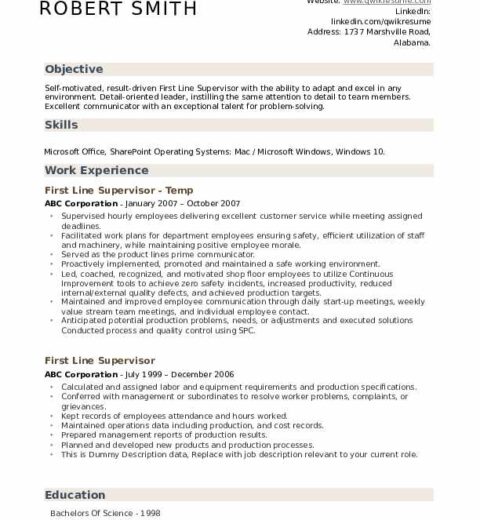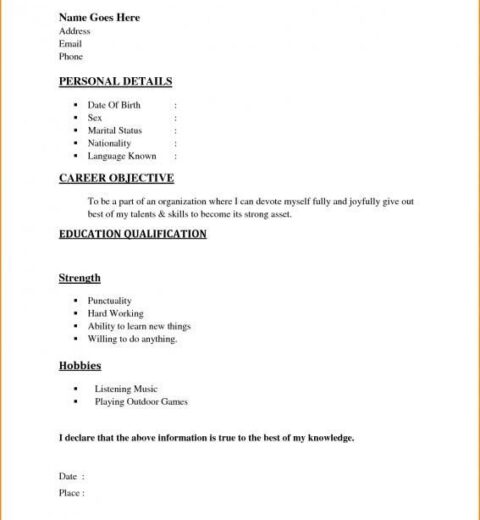Crafting a resume can often feel like a daunting task, particularly when it comes to determining how far back to chronicle your professional journey. The central question arises: how many years back should a resume go? This isn’t merely a matter of legality or formatting. It touches upon intricacies of industry standards, personal branding, and the evolving nature of employment itself.
When considering how many years to include on your resume, the conventional wisdom advises a retrospective view of 10 to 15 years. This timeframe is generally regarded as a balanced approach. It allows potential employers to glean pertinent experience without wading through excessive detail that may no longer hold relevance. However, one must consider several factors that could influence this timeframe depending on individual circumstances and career trajectories.
First, reflect on the nature of your industry. Certain sectors value longevity and experience, necessitating the inclusion of more extensive work histories. For example, industries like academia, medicine, and law often appreciate seeing decades of committed professional endeavors. In contrast, fast-paced environments such as technology or digital marketing may warrant a more truncated view, emphasizing recent achievements and skills that align with current trends.
Secondly, the evolution of one’s career path plays an essential role in determining the scope of a resume. A person who has traversed multiple fields may find that their earlier roles, while significant in shaping their professional identity, are no longer relevant to prospective employers. This is particularly true for individuals who have pivoted their careers, such as those transitioning from teaching to corporate training or from traditional marketing to digital marketing. In such cases, the inclusion of outdated roles might distract from the competencies that truly matter in the current marketplace.
Another aspect to consider is the frequency of job changes. In the modern workforce, it’s increasingly common for individuals to change jobs every few years. If a professional has held numerous positions during the past decade, detailing each could bog down the resume. The key is to present a narrative that demonstrates stability, growth, and relevance, which may mean selectively omitting earlier roles. Highlighting positions that showcase skills, accomplishments, and career progression is vital.
Moreover, take into account any gaps in employment. A common observation is that people often fear that extended periods of unemployment will raise red flags for employers. If you have taken time off for personal reasons, such as caregiving or furthering education, consider how best to frame this on your resume. It might warrant including the time frame, accompanied by brief notes on skills you honed or experiences you gained during those gaps. The narrative should emphasize how such experiences have equipped you for future opportunities.
In certain scenarios, especially for entry-level positions or recent graduates, the length of time on a resume may appear less critical. For those early in their careers, including relevant internships, volunteer work, or academic projects can bolster the resume’s content. Here, the focus shifts toward demonstrating potential and relevant skills rather than exhaustive work history.
When in doubt, prioritize quality over quantity. Candidates should strive to provide a meticulously curated overview of their career. This means presenting quantifiable achievements that corroborate one’s value. By doing so, applicants create a compelling narrative that garners the interest of hiring managers.
Furthermore, the geographical location can impact the preferred length of employment history. Cultural norms can significantly influence hiring practices. In some regions, it’s customary to present a complete history, while others prefer candidates to focus on recent employment. Awareness of these nuanced regional differences can inform how best to tailor a resume to resonate with local hiring practices.
As the labor market continues to evolve, resumes also undergo metamorphoses. The advent of artificial intelligence and applicant tracking systems (ATS) has further changed how resumes are evaluated. Ensuring your resume passes these technological filters is essential. Consequently, adhering to succinctness by limiting the years included may help to meet today’s standard expectations.
After considering all these variables, candidates should finalize their resume with a sense of confidence and clarity. It becomes crucial to reflect on your career’s narrative arc, ensuring it encapsulates your professional ethos and aspirations. Regardless of how many years back your resume reaches, it should portray a coherent story that connects previous roles to your desired future trajectory.
Ultimately, there’s no one-size-fits-all answer to the question of how far back a resume should go. Instead, it is a delicate balancing act that requires consideration of industry norms, personal career changes, geographical nuances, and the broader employment landscape. By thoughtfully determining the content of your resume, you position yourself to make an informed and impactful impression in the eyes of potential employers. The key lies not in the years displayed but in how those years reflect your capabilities, accomplishments, and aspirations.




